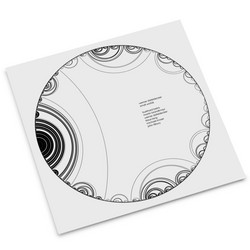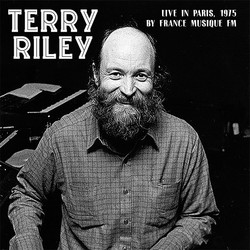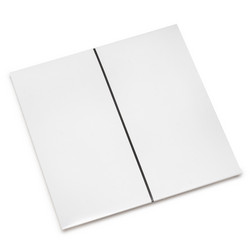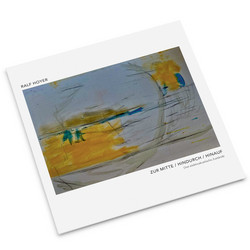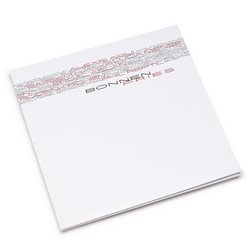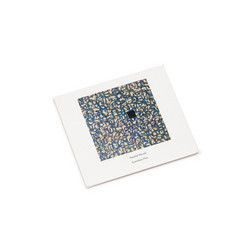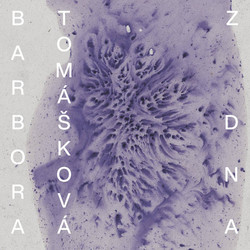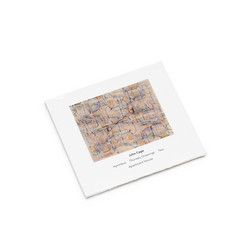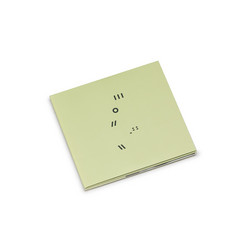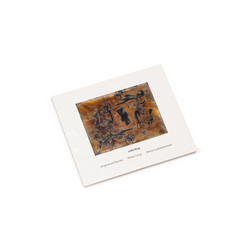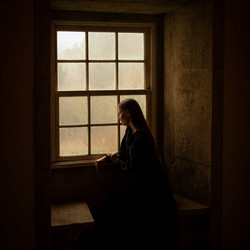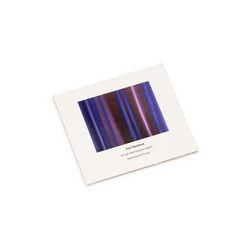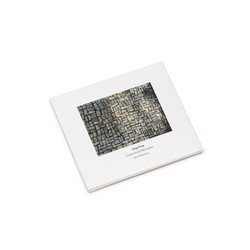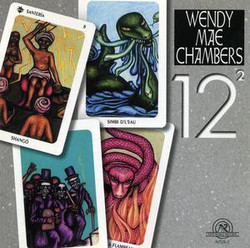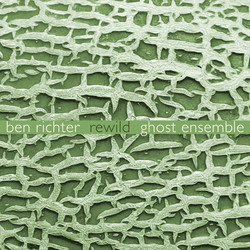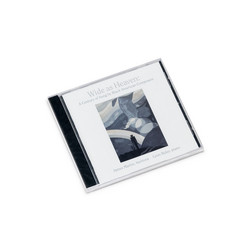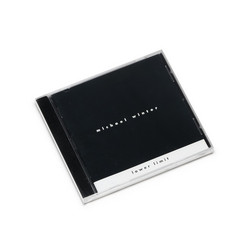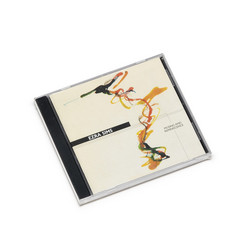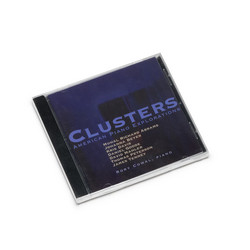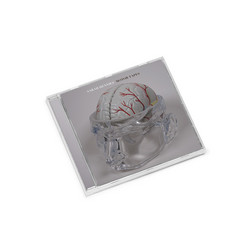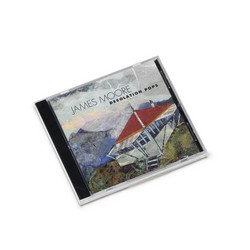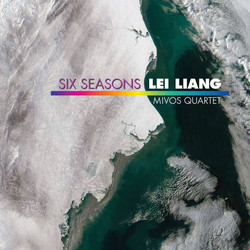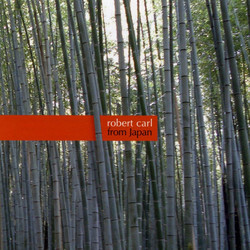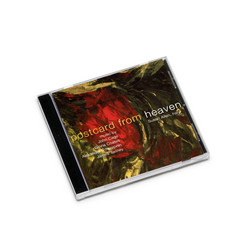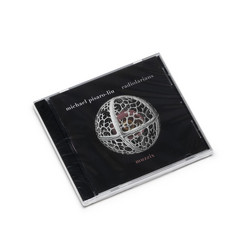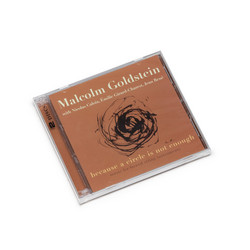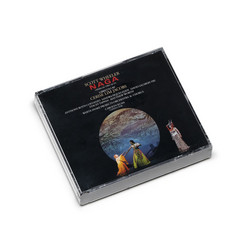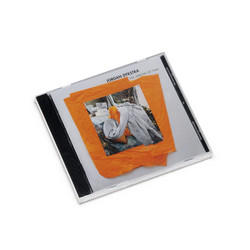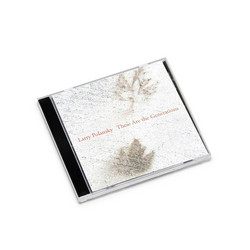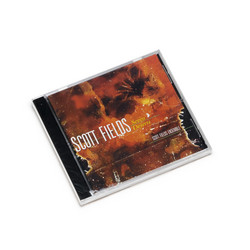Uncle Jard (1998) (saxophone quartet, piano, harpsichord, and voice) is a particularly compelling example of this. In this piece, Indian classical music and blues/jazz elements co-exist in a stylistically coherent whole: ragtime and raga have never been so closely intertwined. The piece is divided into three parts. While in the first and second parts the texture of the saxophone ensemble is enriched by the voice and keyboard, in the third part the voice is not featured. Assassin Reverie (2001), for saxophone quartet and tape, is a piece in a single movement, but structured in three different sections differentiated by sound material and stage direction. It is one of the more disturbing pieces written by Riley; the second section features an extremely aggressive audio track—gunshots and helicopter sounds are heard throughout it. Written right after In C, Tread on the Trail (1965) (this version for 12 saxophones is by the ARTE Quartett) is in fact based on similar construction principles. The music in both pieces is a ludus, a game in which Riley re-injects into western music a new-found vitality. Through a free exploration of the score, musical performance recovers here its true essence as a playful collective ritual.
Details
Cat. number: 80558
Year: 2005
